1. In particular, the tomb owner's body here is very tall with a "helmet"-like object covering the skull and the entire upper body is covered by bronze plates assembled into a set of armor. Thanks to the copper rust, the remaining bones below are quite intact. A local person tried to measure the femur of the skeleton with his thigh, a person about 180cm tall, still found that there was almost 10cm left over from the knee.
I have directly studied a human skeleton about 190cm tall excavated in a volcanic cave in Dak Nong, Central Highlands. The femur is 52cm long, about 10-15cm taller than the skeletons I am keeping in Bach Dang, Na Loi, Dong Xa. Measuring right at the scene, the people who discovered the grave estimated that the deceased was about 2m tall!?.

16 armor plates were restored to their positions by the author after research.
The tomb was buried with a very beautiful bronze drum, worthy of surpassing many national treasure drums today. I will wait for an opportunity to describe this precious bronze drum to the readers.
In 2016, I had the opportunity to visit with Chinese archaeologists two large tombs believed to be the tombs of King Cau Dinh and his wife in Van Son district, Yunnan (China) - one of the legendary figures associated with the disputes related to Thuc Phan An Duong Vuong, the king of Au Lac at that time. The level of wealth associated with the symbols of power of the pre-state Bai Viet leaders of these two tombs reminded me of the anonymous but equally rich and powerful Western European leaders in the above-mentioned collapsed tombs. I promise to say more about such tombs in another "whispering" session. Today, I will only focus on the topic of the armor of the Dong Son - Western European leaders.
Currently, I only have access to photographic materials of the bronze drum in the tomb but have not had access to the tomb owner's armor.
2. But luck came to me, around the end of 2021, when people dredging sand from the Lo River in Thai Long Commune, Yen Son District, Tuyen Quang City announced a collection of Dong Son armor pieces that had appeared in their buckets and sand filters. A collector in Hanoi persistently stayed at the scene to collect for our Dong Son heritage nearly enough armor pieces there. I was fortunate to be entrusted with the collection of 16 armor pieces to clean, research, and publish this treasure.
Today's article is not a full scientific publication, but only a notice discussing Dong Son culture in the Sports and Culture newspaper.
Looking at the first image, readers can recognize my reconstruction position after studying those plates: The neck protection belt is two curved halves of armor, four larger rectangular pieces to protect the shoulders and arms, and the remaining 10 small pieces cover the chest (four plates) and abdomen (two rows, each row of 3 plates). The plates are all rectangular, belonging to two different size groups, about 8-9cm wide, 12-15cm long and only 1.2-1.5mm thick. On each plate there are 4 or 6 holes used to tie the rope together. Around the neck are two curved bronze armor belts that cover the warrior's neck both front and back.
Except for the three plain plates, the remaining 13 bronze plates were all decorated with beautiful reliefs. The two curved neck plates only had triangular decorative borders like opposite saw teeth, while the rectangular plates all had saw teeth on top and human faces (4 pieces) or turtles (8 pieces) in the middle. The human faces and turtles on the plates were the focus of today's "whispering" session.

The central image shows the original bronze armor piece with 6 binding holes, two decorative serrated bands on top and a portrait of a human-faced god in the center. The left and right images are close-ups of the god's portrait before it was completely rusted.
3. First of all, I would like to introduce the human face which, in my opinion, is the portrait of the god of war as well as the guardian deity of all warriors. The portrait of this god appears not only on the armor plates but also on weapons such as spears, daggers of all kinds of Western European warriors, which I will separate into many sections in this final "murmur" series.
The picture below shows the portrait of the god on two bronze plates that I was able to clean most clearly. There are four plates with human faces in total (two large ones on the shoulders and two on the chest). The rest are turtle-god images.
This is the clearest bronze portrait known in the 2D Dong Son art of casting and engraving. The portrait shows a long, resolute face, with thick, straight eyebrows extending over the tip of the nose, from the middle creating a straight nose bridge, blocked by a horizontal ridge forming two nostrils. The shaping technique is very modern and highly geometric. The balance of the long face, wide forehead, sunken cheeks, with wide open eyes and lips with a horizontal diamond shape shows divine solemnity. The border on both sides from the temples down to the cheeks and chin is a band like a pennant, created by contiguous triangular sawtooth shapes. Hanging at the bottom are two round earrings, with a round core, a dot in the middle like the sun, and rays radiating like a spoked wheel rim.
Most notable are the two C-shaped figures lying upside down on the god's head, creating a sharp peak in the middle of the forehead and forming two pairs of curved horns - an indispensable image when listing the heads of gods related to weapons and protection in the worldview of ancient Ba Thuc and contemporary Western Europe.
In the following article, when talking about the portrait of the god of war described in quite detail on the wide part of a spear salvaged in the Luc Dau - Kinh Thay river area, we will see that on both sides of the ears are overlapping rings and the horn on the head transforms into a curved-roof stilt house with birds perched on the roof like the main scene of the festival decoration on bronze drums and bronze jars.

The armor plates have the shape of a turtle (left image) and a depiction of the turtle god on an armor plate (right image)
4. The second image seen on the armor plates in this collection is a very vivid image of a turtle lying in a very natural posture of stretching its limbs. In Dong Son art, the image of a turtle occupies a fairly high proportion, especially on the belt buckles of leaders, under warships, on oars, on battle axes, spears, and daggers. And here is the image of a sacred animal reigning on important armor plates. In particular, the divine turtle plays the role of a savior for An Duong Vuong in the story of building and defending the citadel in Co Loa.
With its natural biological structure, the turtle's shell symbolizes both a sturdy roof and a protective armor and shield for warriors in battles. The turtle has become a symbol of a guardian spirit in Dong Son spirituality.
This precious armor has revealed to us the Dong Son spirituality associated with war, life and death. There are gods who reside in the Dong Son spirituality to help them go to battle peacefully and win. In the following articles, we will see these spiritual symbols on Dong Son weapons contributing to clarifying the content of War and Peace during the existence of Dong Son culture.
"In Dong Son art, the turtle image occupies a fairly high proportion, especially on the belt buckles of leaders, under warships, on battle axes, spears, and daggers. And here is the image of the sacred animal reigning on important armor plates" - Dr. Nguyen Viet. (To be continued)
Dr. Nguyen Viet
Source: https://baotanglichsu.vn/vi/Articles/3101/75390/van-hoa-djong-son-chien-tranh-va-hoa-binh-ky-2-nhung-bieu-tuong-gan-tren-bo-giap-phuc-thu-linh.html



![[Photo] Prime Minister Pham Minh Chinh inspects and directs the work of overcoming the consequences of floods after the storm in Thai Nguyen](https://vphoto.vietnam.vn/thumb/1200x675/vietnam/resource/IMAGE/2025/10/08/1759930075451_dsc-9441-jpg.webp)

![[Photo] Closing of the 13th Conference of the 13th Party Central Committee](https://vphoto.vietnam.vn/thumb/1200x675/vietnam/resource/IMAGE/2025/10/08/1759893763535_ndo_br_a3-bnd-2504-jpg.webp)







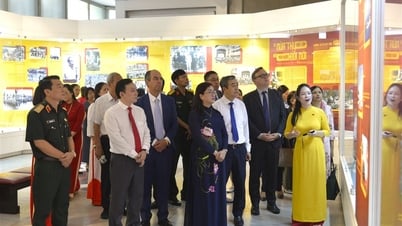

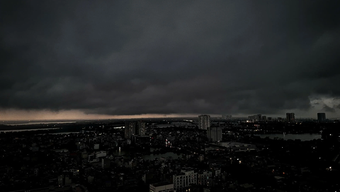
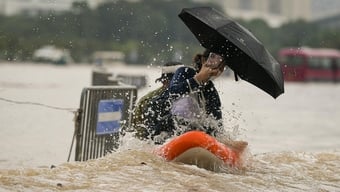
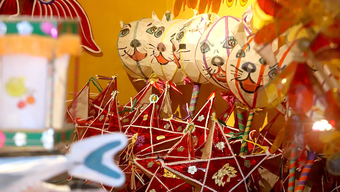


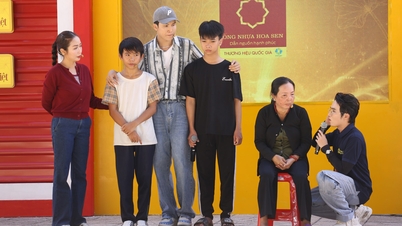
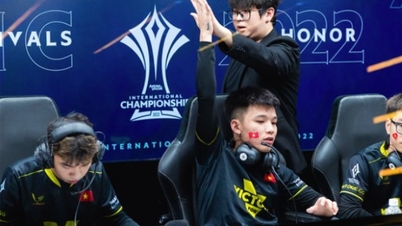

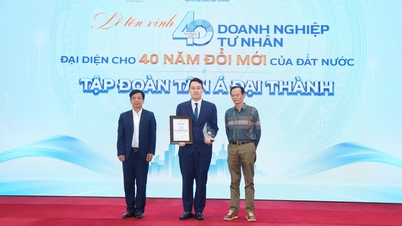










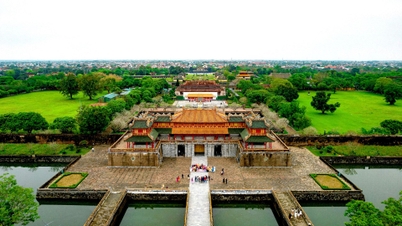





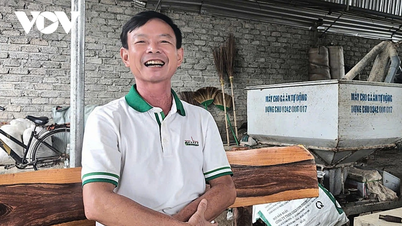





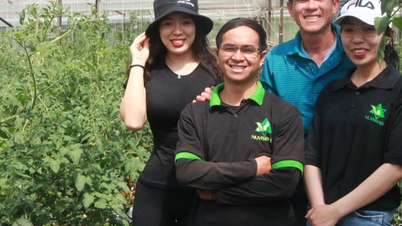
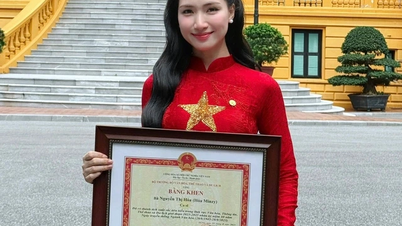












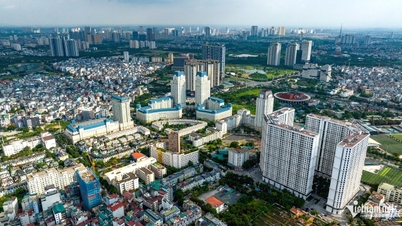




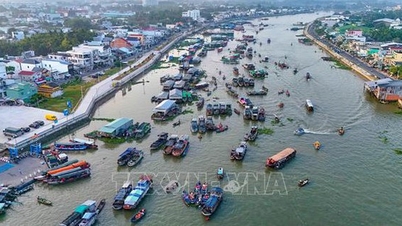

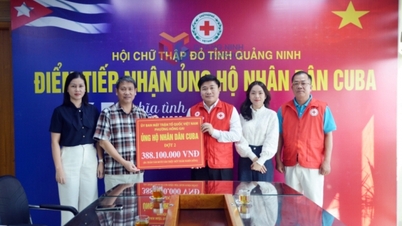

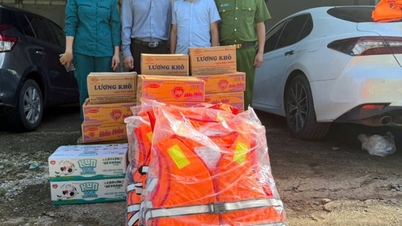



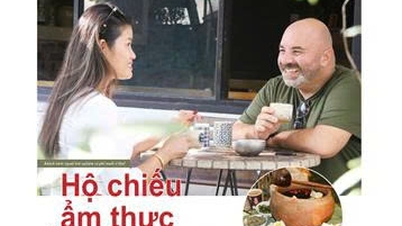

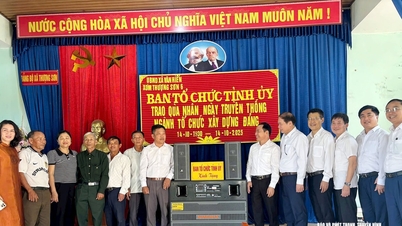

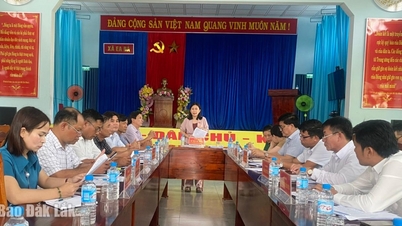





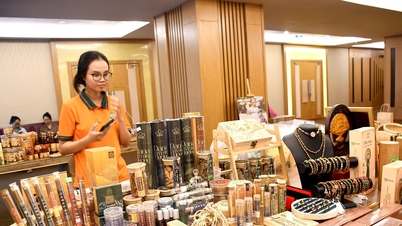




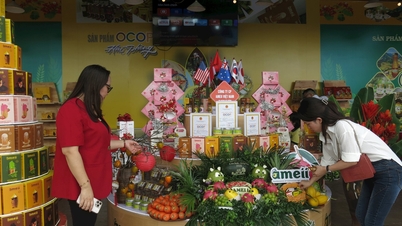





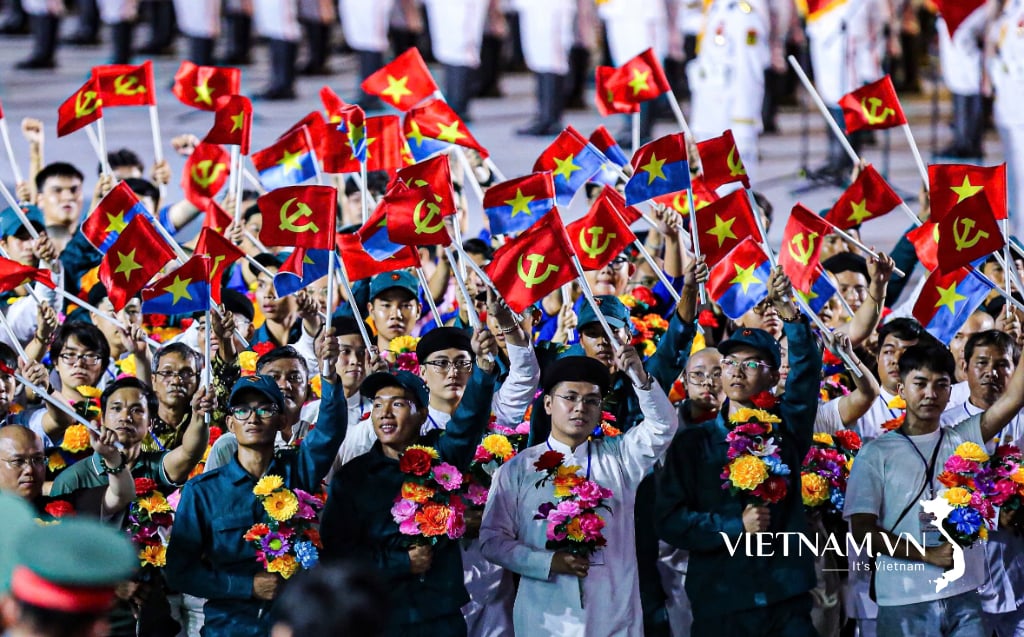
Comment (0)